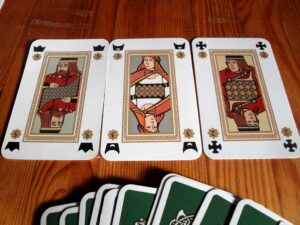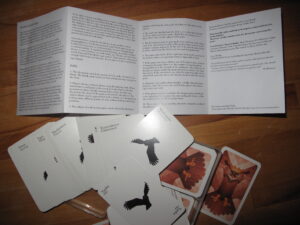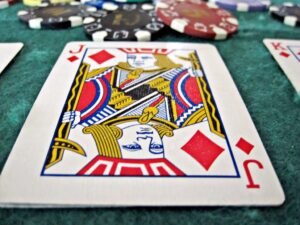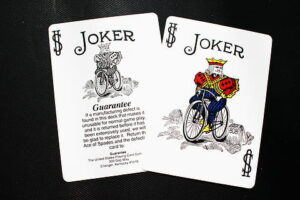How To Play Blink Card Game ?
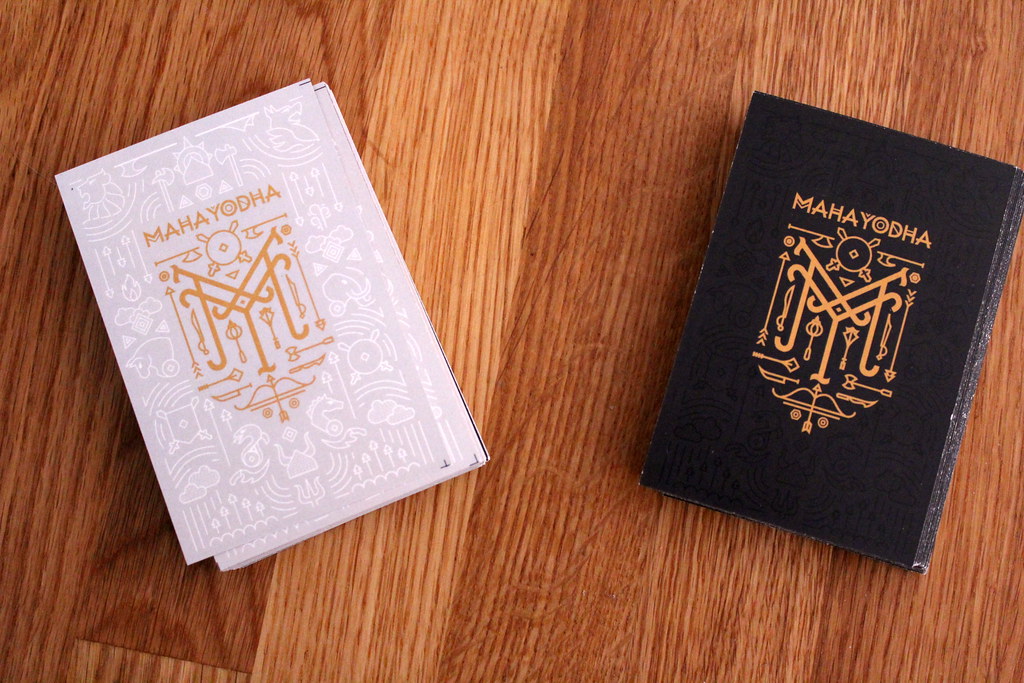
How To Play Blink Card Game :- To commence the game, the cards are thoroughly shuffled and distributed evenly among all players. Each player receives three cards into their hand and places one card face down in the center of the table. Once all players are prepared, the cards in the center are simultaneously revealed.
The objective of the game is to empty your hand of all cards. To achieve this, players swiftly play cards onto the central piles. Players can play cards at their own pace without waiting for others. A card can be played on a pile if it matches one of the three characteristics of the top card in the pile, which include:
- Number of the symbol
- Color of the symbol
- Type of the symbol
In Blink, each player is allowed to play only one card at a time. Players can replenish their hand by drawing cards, maintaining a maximum of three cards in hand at all times. If no player can play a card from their hand, they must draw a card from their draw pile and place it face up on top of one of the piles. If a player has no cards left in their draw pile, they must choose one card from their hand and play it on one of the piles.
The game concludes when one player successfully plays all of their cards, signaling their victory.
Traditionally, Blink is played with two players. However, additional rules apply for three or more players. With three players, three piles are created in the center of the table. Each player can only play on the pile to their left and right and cannot play on the other pile. In games with four or more players, Blink is played as a single-elimination tournament, with two players competing at a time and the loser being eliminated from the game.
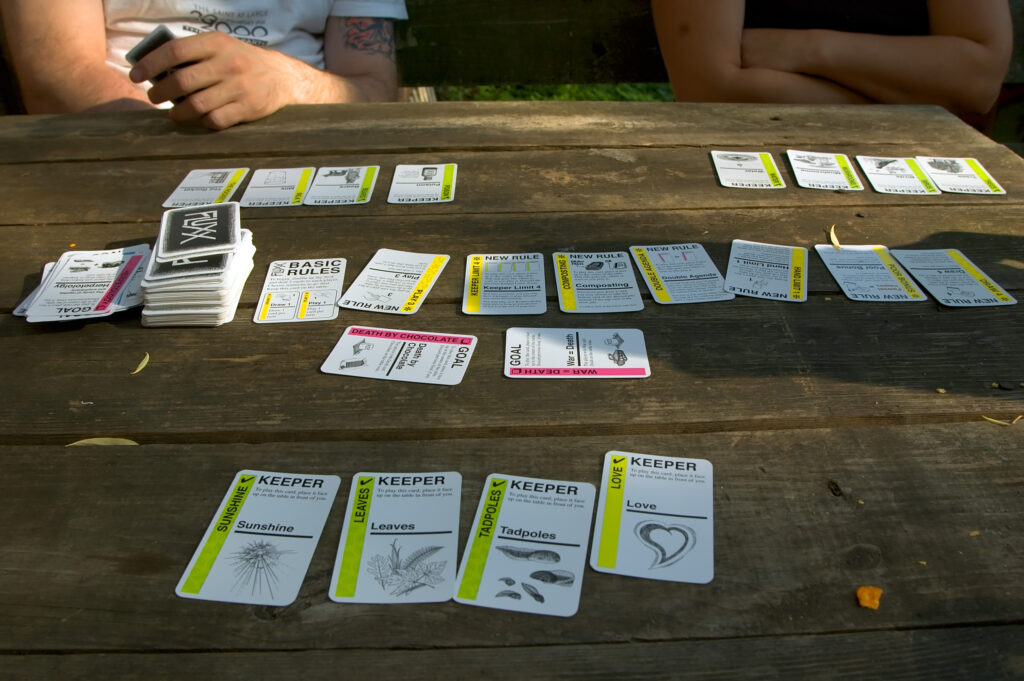
OBJECTIVE OF BLINK: To be the first player to play all of their cards.
NUMBER OF PLAYERS: 2 players.
MATERIALS: 60 cards.
TYPE OF GAME: Hand shedding.
AUDIENCE: Kids, Adults.
How To Play How To Play Blink Card Game
- Shuffle the cards and distribute them face down into two piles, ensuring each pile has the same number of cards.
- Each player selects one of the draw piles without inspecting any of the cards.
- Both players draw the top card from their chosen pile and place it face down on the table, positioning the two cards next to each other.
- Each player then draws the top three cards from their respective draw pile and incorporates them into their hand. Players are allowed to examine the cards in their own hand.
How To Play Blink Card Game The Play
At the signal, both players simultaneously reveal the card they placed face down in the center of the table, initiating the game.
Blink is a fast-paced game where players do not take turns; instead, they race against each other. Players must quickly play cards from their hands onto either discard pile, ensuring each card matches the top card of the discard pile in color, shape, or count. Only one card can be played at a time.
As cards are played, players can replenish their hand up to three cards from their own draw pile. However, players cannot hold more than three cards at any time. Once a player’s draw pile is empty, they must play the cards from their hand.
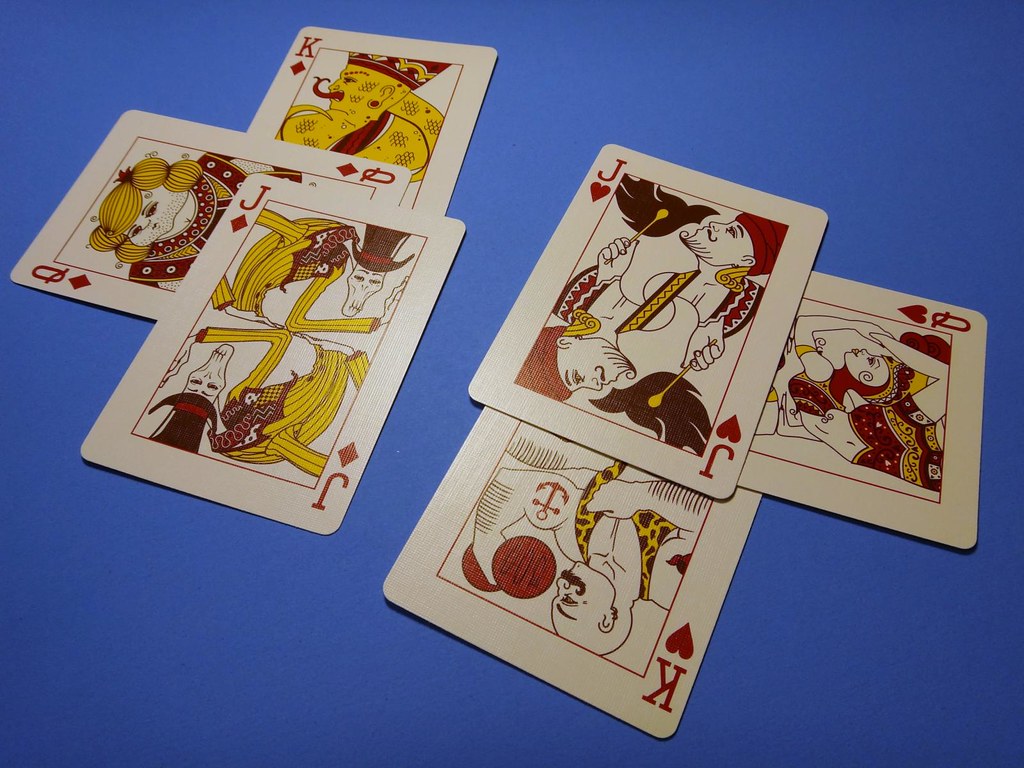
The game continues until one player successfully sheds all the cards from both their draw pile and hand.
If gameplay stalls because neither player can play a card from their hand, the discard piles are reset. Both players simultaneously flip the top card from their draw pile onto the closest discard pile. If only one draw pile remains, or if no draw piles are left, each player selects a card from their hand and plays it onto the nearest draw pile simultaneously. Play then resumes.
Winning the Game
The player who successfully plays all their cards first emerges victorious in BLINK.
Key points to remember:
Players are restricted to playing only one card at a time.
If neither player can match the top cards on either pile, play is halted:
- If players have cards remaining in their draw piles, they each draw the top card and place it on their respective center pile.
- If one or both players have depleted their draw piles, they each select one card from their hand and simultaneously place them face up on their center pile. Play resumes based on the new top cards.
If all players are left with only one card in their hand and no draw piles, the game concludes in a tie.
Given BLINK’s fast-paced nature, many players opt for a best-of-three or best-of-five match to determine the overall winner.
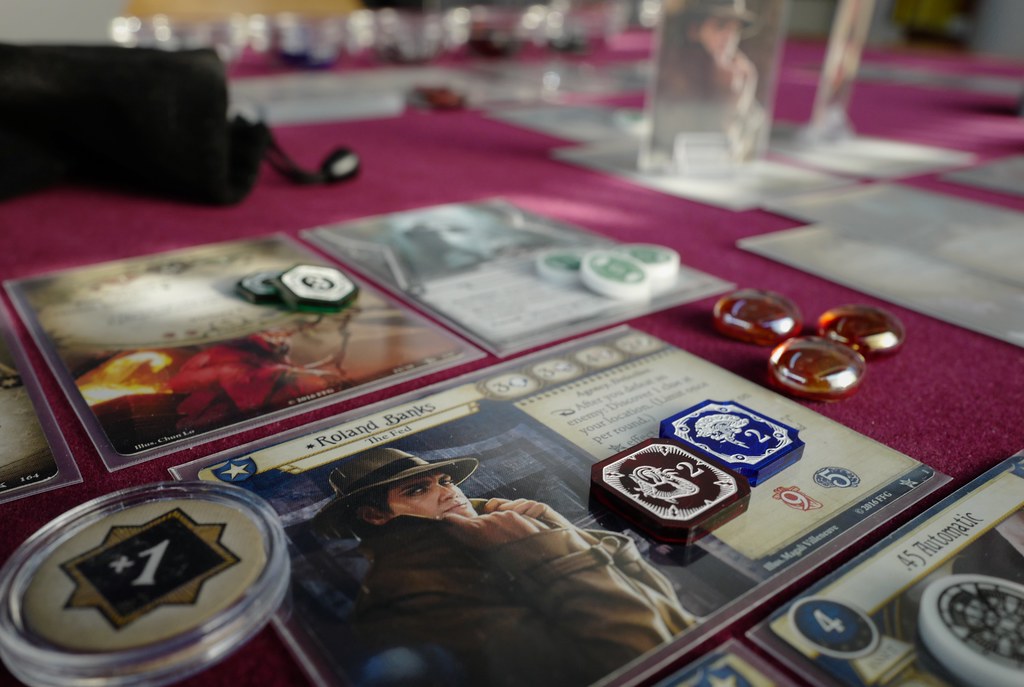
BLINK is a registered trademark of Mattel.
Next time you’re looking for a quick and entertaining game for children or friends, consider bringing out BLINK for a few rounds of fun.
Educational Benefits of Blink Card Game
As an educator, here are some aspects of BLINK that I appreciate:
- Multifaceted Thinking: BLINK encourages children to consider multiple attributes of their cards, including color, shape, and count. This challenges their cognitive skills and promotes strategic thinking.
- Working Memory: The game requires players to continuously remember and recall the attributes of their own cards as well as those on top of the discard pile. This exercises their working memory and enhances cognitive abilities.
- Quick Decision-Making: BLINK fosters the development of quick decision-making skills under pressure. Players must make rapid decisions to play their cards while keeping pace with the fast-paced nature of the game.
- Low Stakes: Unlike traditional playing card games, losing cards in BLINK does not have a significant impact since the game uses a specialized deck. This reduces the pressure associated with potential card loss and allows children to focus on enjoying the game.
- Customizable Difficulty: The game’s flexibility enables educators to adapt the level of challenge to suit the abilities of different players. By adjusting the number of cards dealt to each player, teachers can maintain a competitive balance and ensure an engaging experience for all participants.
